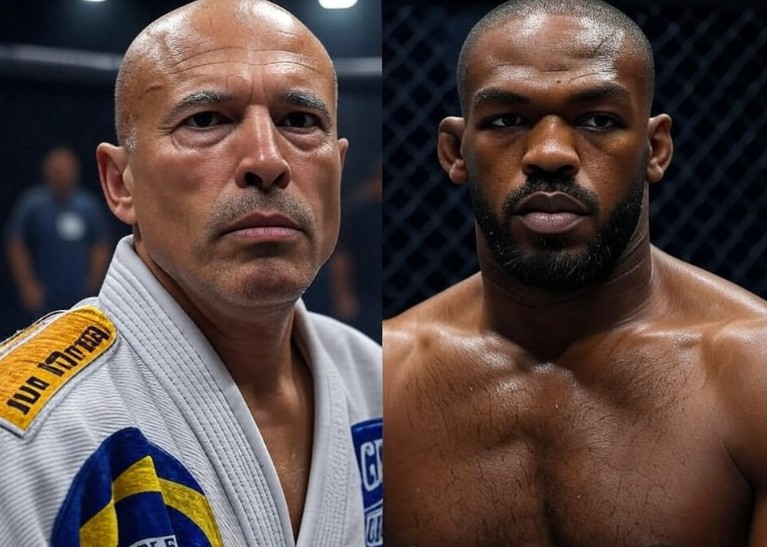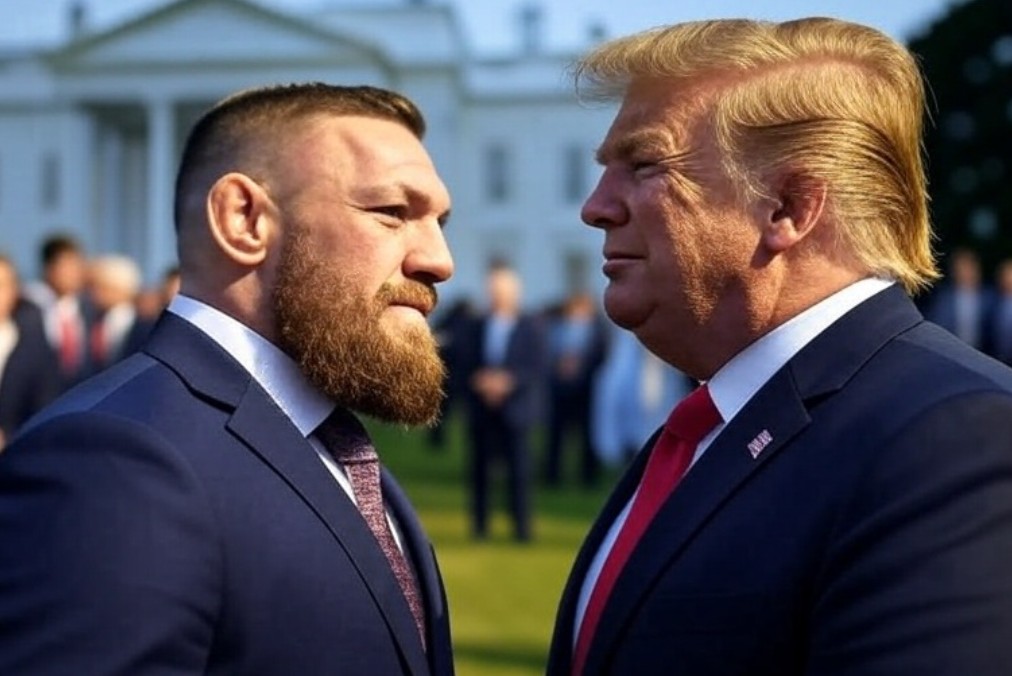UFC fighters undergo grueling training camps to prepare for the octagon, transforming their bodies and minds into weapons of precision and endurance.
These 6-12-week camps are a blend of science, strategy, and sacrifice, tailored to each fighter’s style and opponent. While fans see the final product, the secrets of a successful camp lie in meticulous planning, recovery, and mental preparation. Here’s an inside look at UFC training camps, revealing the methods behind the madness.
A typical camp begins with a game plan. Coaches analyze the opponent’s strengths—say, Khabib Nurmagomedov’s 4.1 takedowns per 15 minutes—and weaknesses, like susceptibility to leg kicks. Fighters like Israel Adesanya work with teams like City Kickboxing to craft strategies, spending 2-3 hours daily on film study and sparring. Sparring mimics fight conditions, with 5-minute rounds and 1-minute rests, often against partners who emulate the opponent’s style. For example, Nate Diaz’s camp for Conor McGregor included boxers with McGregor’s reach (74 inches) to simulate his left hand.
Physical training is relentless. Fighters train twice daily, blending skill work and conditioning. Morning sessions focus on technique: BJJ drills for grapplers like Charles Oliveira (16 submission wins) or pad work for strikers like Dustin Poirier (4.64 significant strikes per minute). Afternoons are for strength and conditioning, with lifts like squats (3 sets of 8 at 70% max) and HIIT circuits (e.g., 30 seconds burpees, 30 seconds rest, 10 rounds). Camps peak at 15-20 hours weekly, tapering in the final week to ensure freshness.
UFC Fighter Training Camps Secrets
Nutrition is a science. Fighters cut weight to hit divisions like welterweight (170 pounds), often dropping 15-20 pounds. A camp diet emphasizes lean proteins (chicken, fish), complex carbs (quinoa, sweet potatoes), and healthy fats (avocado, nuts), totaling 2,500-3,500 calories daily. Hydration is critical, with fighters like Georges St-Pierre consuming 1-2 gallons of water daily. Weight cuts involve reducing carbs and sodium in the final week, using saunas and hot baths to shed water weight safely.
Recovery separates elites from contenders. Fighters use cryotherapy, costing $50-$100 per session, to reduce inflammation. Massage and chiropractic work, weekly staples for Jon Jones, improve mobility. Sleep is prioritized—8-10 hours nightly—with fighters like Max Holloway using blackout curtains and white noise machines. Mental recovery includes meditation or visualization, with Adesanya picturing fight scenarios for 15 minutes daily to boost confidence.
Camps aren’t cheap, often costing $10,000-$50,000, covering coaches, sparring partners, and facilities. Top camps like American Top Team or Jackson Wink MMA Academy provide elite resources but require discipline. Fighters live like monks, avoiding alcohol and late nights to stay focused. The final week involves light sparring and weight management, ensuring fighters hit the scale (e.g., 170 pounds for welterweight) without draining energy.
The secret to a great camp is balance: pushing limits while avoiding overtraining. Fighters like Daniel Cormier, who trained 6 days a week, emphasize listening to your body. Aspiring fighters can adopt these principles—plan strategically, eat clean, recover smart—to emulate the UFC’s best.
The knockouts in the UFC only come after the proper training.


